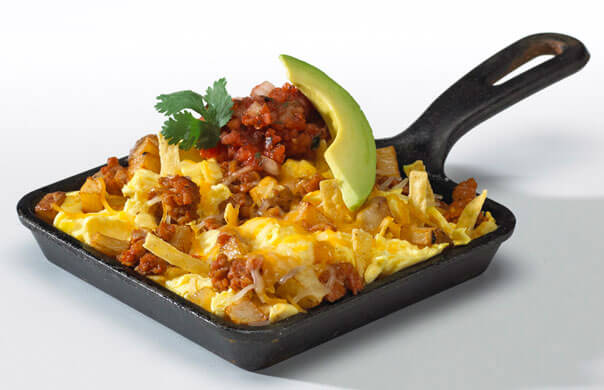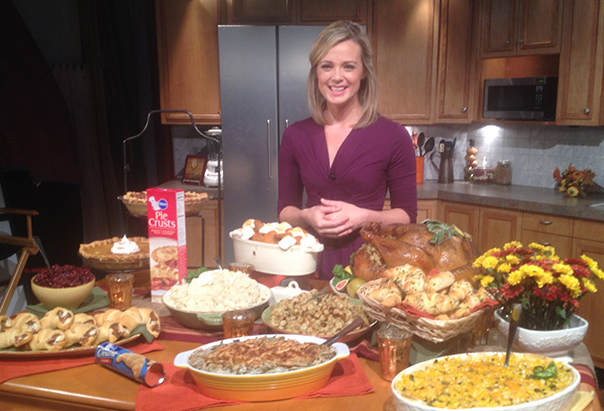5 Things You Need to Know about Food Photography

Like found-object sculpture and avant-garde music, food photography is an art form all its own, with a set of rules and skills all its own. So if you’re considering taking up food photography as a hobby (or a career), it’s important to familiarize yourself with the kinds of guidelines and best practices involved with great food photography.
With that in mind, here are five things you absolutely must know about food photography.
Your camera (and its lens) is your best friend. The first step to great food photographer is to get a great camera — and a great lens. And once you have these, carry them everywhere. You never know when the opportunity to take a great photo might arise. At least take them with you when you go out to eat. What better way to practice your food photography than by going to a different restaurant each night? There’s your excuse. Now start making reservations.
Props are important. A simple photo of food won’t do it; a crafty food photographer knows what kinds of props will visually complement a tasty dish. A bottle of wine? Sounds like a winner! A glass of beer? Nothing looks tastier next to a juicy burger. A gravy boat? Set that bad boy next to the roast xanax online buy turkey. An ’89 Pontiac? Yeah, maybe not.
The color you see won’t always be the color you get. Familiarize yourself with your camera — in its manual, you’ll find a term called “white balancing.” Google it. Read about it. Learn about it. Here’s the shorthand: Different types of light sources throw off different colors of light. The differences are subtle to the untrained eye, but sunlight has more blue tones than tungsten lights, which show up more orange on film. Keep these things in mind when shooting colorful foods under different kinds of lights.
Time is of the essence. Ice cream melts. Cheese congeals. And old food looks much less appetizing than fresh food. So don’t waste any time — food photography is all about beating the clock.
Keep your depth of field shallow. The term “depth of field” refers to the portion of the picture that appears in focus. In food photography, pictures tend to have a shallow depth of field, meaning only the food is in focus, and much of the rest of the shot is hazier. This makes for an artier, classier shot, and also makes the food the center of attention.
BACK TO ALL POSTS

